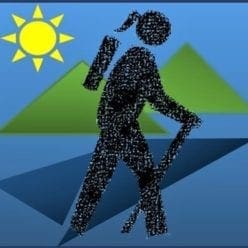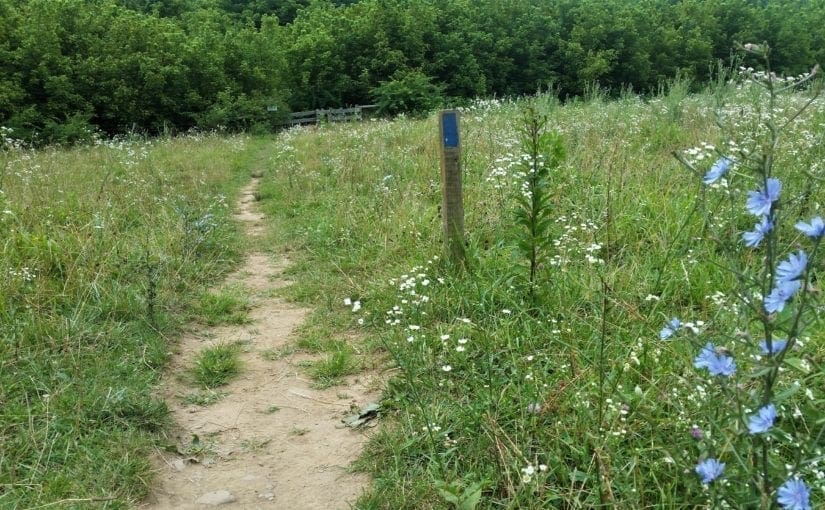Most recently updated July 7th, 2023
Estimated Reading Time: 11 minutes
You’re snoozing along, all peaceful and comfy in your bed, when suddenly –
Your toes curl back and touch your instep or your calf muscle tenses up as hard as a cannon ball. And boy, does it hurt!
Talk about a rude awakening… The cramps get worse, and you have to get out of bed and walk it out to get relief.
Sound familiar? It should if you – like me and around 60% of adults – have had nocturnal foot or leg cramps.
This common, mysterious pain happens when a foot or leg muscle gets involuntarily stiff and can’t relax.

The recurrent, painful tightening – known as a cramp or charley horse – usually occurs in the calf muscles and can lead to insomnia, especially if it happens more than once per night.
Usually the cramping subsides in a few minutes, but you’re left wide awake with a sore leg, wondering what caused the cramps and how you can make it stop.
“They tend to happen more frequently as we age,” says sports medicine specialist Caitlin Lewis, MD.
Foot and leg cramps can vary from just being a nuisance to being a painful and crippling experience.
By finding the triggers for your specific cramping situation and making some simple lifestyle changes, you can minimize the occurrence of foot and leg cramps and sleep undisturbed.
Some of my posts contain affiliate links. If you make a purchase through an affiliate link, I will receive a small payment at no additional cost to you. I do not get paid for recommendations, all opinions on this site are my own. See full Disclosure page here.
NOTE: As a more visually appealing alternative to pictures of feet and calf muscles in distress, I’ll be illustrating this post with photos of places I never would have seen with leg cramps 😉

What Is a Charley Horse?
These cramps can happen anywhere in your body, but they’re most common in your feet and legs.

Foot and leg cramps at night can cause mild-to-severe pain and interfere with your sleep.
Why are cramps called charley horses?
Using the term “charley horse” to describe a muscle cramp comes from American sports slang, dating back to the 1880s.
Back then, baseball players called various muscle injuries, including cramps and other pains, “charley horses”.
One theory is that the term is named after a lame horse used to help with groundskeeping.
The horse, named Charley, pulled equipment at the Chicago White Sox’s in the late 19th century. Poor Charley’s limp was so familiar that whenever a player got a leg cramp, they called it a charley horse.
Another story (from the Washington Post in 1907) claimed that the term came from a player called Charley “Old Hoss” Radbourn, a National League pitcher famously afflicted with leg cramps in the late 1880s.
Another theory has the phrase originating in England.
In 1640, Charles I of England expanded the London police force.
The new recruits were nicknamed “Charleys.”
There wasn’t enough money to provide the new police with horses so they patrolled on foot.
The joke was that their sore feet and legs came from riding “Charley’s horse”.
The phrase “charley horse” also turned up in popular culture.
Milton Bradley included a “charley horse” injury in the 1965 game Operation, where players can earn big points by removing a tiny plastic horse from the slot.

Note: This, of course, is not how to treat an actual charley horse. 🙂
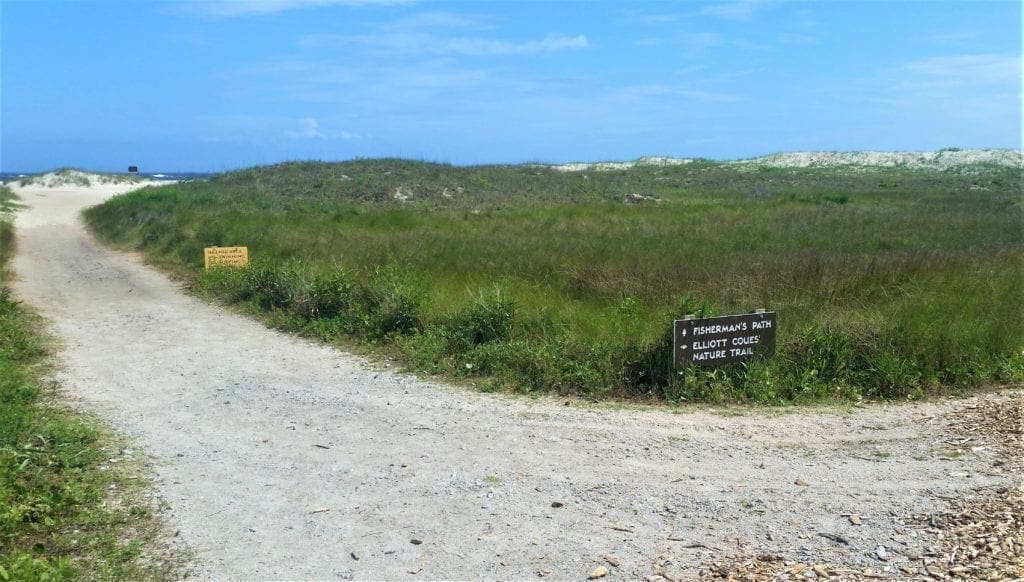
Causes
Some medications, especially some asthma medicines and some types of diuretics, can make you more likely to get leg cramps.
This is how I became (unfortunately) familiar with leg cramps…..
My asthma meds are known to leach potassium, so my doc advised me to take daily Potassium supplements.
Other conditions that often are associated with nocturnal leg cramps include:
-
-
- Neurological diseases such as Parkinson’s;
- Abnormalities in electrolytes, such as calcium, magnesium or sodium; and
- Metabolic diseases, such as diabetes and hypothyroidism.
-
That said, people with nocturnal leg cramps should be evaluated for other common conditions that can also cause symptoms of leg pain and cramping.
Some examples are:
-
- Restless leg syndrome can cause nocturnal leg discomfort and involuntary movements.
- Blockages in the arteries of the legs also might cause pain and cramping, though these occur with movement rather than at rest in bed.

Risk Factors
There are many different possible triggers for foot and leg cramps that may or may not be due to any underlying disease or medical treatment.
Things that can trigger a charley horse include:
-
-
- Poor blood flow
- Working your muscles too much
- Not stretching enough
- Dehydration
- A lack of magnesium and/or potassium in your diet
- A problem such as a spinal cord injury or a pinched nerve in your neck or back
- Kidney disease
-
The most frustrating thing is that you may have one—or many—different issues that can cause the cramps, which makes it hard to pinpoint a single cause.
In fact, even the scientific community has not found one single variable that consistently causes toe and foot cramping.
It’s All Greek To Me
The most common medically cited cause of nocturnal leg cramps is “idiopathic,” which is Greek for “one’s own disease”.
Translated, this just means “we don’t know”.

Reasons for Foot and Leg Cramps
Here are some of the most common reasons people develop foot and leg cramps:
1. Muscle Fatigue
Overexerting the muscles in the feet through strenuous exercise or a job that requires standing or walking for long periods of time can cause foot cramps.

Forcing the muscles to work harder than usual or engaging in repetitive movements can lead to muscle fatigue.
2. Lack of Exercise
On the other hand, not using your muscles enough can also cause problems.
When we exercise, our bodies are used, and this use helps keep our muscles strong and flexible.
Exercise can also allow your nervous system to get some extra action.
A nervous system that is functioning properly can help keep lower extremity cramps at bay by modulating muscle tone and contractions.
3. Hypokalemia (Low Potassium)
According to the National Institutes of Health (NIH), potassium is an essential nutrient that supports numerous bodily functions.
Muscle tissues release potassium during exercise, which dilates the blood vessels and increases blood flow to the muscles.
If your potassium level falls below 3 millimoles per liter, you may experience the symptoms of hypokalemia — including muscle cramping.
4. Low Magnesium

Magnesium is another vital nutrient that supports various bodily functions, including blood pressure regulation, DNA synthesis, and muscle health.
If you have low levels of magnesium, you may experience foot cramps.
Medical conditions like celiac disease, chronic diarrhea, or chronic alcohol use can lead to magnesium deficiency.
5. Pregnancy
Women are more susceptible to nocturnal foot cramps during pregnancy.
The exact reason for this isn’t clear, but one theory is that pregnancy affects how the body uses calcium.
Low calcium levels may lead to muscular sensitivity and muscle cramps.
Calcium deficiency can be treated by consuming calcium-rich foods or by taking a calcium supplement.
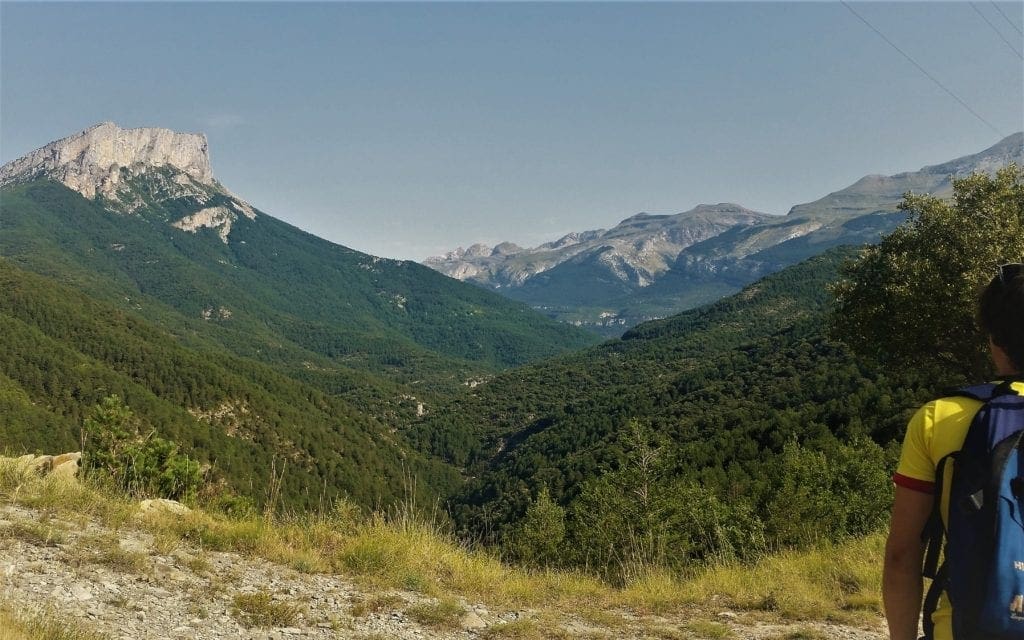
6. Side Effects of Medication
As mentioned earlier, some medications can cause leg or foot cramps as a side effect.
Medications with muscle cramps a possible side effects include:
-
-
- Diuretics (“water pills”) that take fluid out of your body
- Some drugs used to treat Alzheimer’s disease
- Some treatments for angina and high blood pressure
- Some osteoporosis treatments
- Asthma medications such as terbutaline and albuterol .
- Some treatments for Parkinson’s disease
- Some Statin medications for cholesterol.
-
People who receive dialysis may also have a higher risk of developing muscle cramps.
7. Footwear

Our feet take a lot of abuse each day.
The amount of force they’re required to absorb and dissipate is far greater than your body weight.
Ill-fitting footwear puts your feet and toes in an awkward position, and they may rebel by cramping up at a moment’s notice.
Wearing tight shoes can also put excessive pressure on the feet and toes, and restrict blood flow to these areas.
High heels in particular can force the feet into uncomfortable positions that may cause cramping later on.
8. Ageing
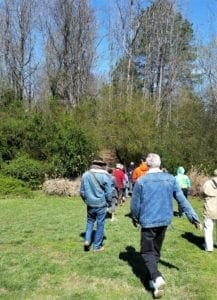
As we age, our nervous and muscular systems slightly decrease in function.
Older people also have less water stored away in their muscles and tendons.
This may cause unwanted muscle contractions and tightness in the muscles around your feet and toes.
9. Dehydration
If your water intake is too low, you may create an imbalance of electrolytes—potassium, magnesium, and sodium, for example—in your muscles.
This imbalance may cause the muscles around your toes and feet to contract uncontrollably and that’s no fun, believe me!
Pardon me while I take a moment to relay a personal “teachable moment” story…..
Severe Cramps on the Trail
I learned about dehydration and muscle cramps the hard way – on a 12 mile hike I was leading on a swelteringly hot N Carolina summer day.

I’d been drinking water, but probably not enough, because on the last mile of the hike – soaked through with sweat – I started getting excruciating cramps in my calves and feet.
I stopped briefly a couple of times, to try to stretch the cramps out, but kept going because I didn’t want to scare my hikers.
Just a few minutes later my hands, arms and muscles across my chest started cramping!
By that time, I was definitely worried, but managed to keep it to myself. Fortunately we were pretty close to the trailhead.
As soon as I got home, I drank a whole bottle of sports drink and chomped on some magnesium and potassium supplements.
It took a day or so for the cramps to stop, and I learned a lesson I’ll never forget about dehydration and the importance of electrolytes.
These days, along with water, I carry a sports drink with electrolytes on every long hike.
NOTE: A quick test for dehydration is to look at the color of your urine – the darker it is, the more dehydrated you are. Pale yellow is good, burnt orange is bad.
10. Medical Conditions
You may have an undiagnosed condition that could be causing your cramps.
Some medical conditions, like multiple sclerosis, Parkinson’s disease, or diabetes, may change how your nervous system functions, causing cramping in your feet and toes.
Anatomy of Feet and Calves
Your foot is made of several bones – some small and short and some long – that connect your ankle joint to your toes.
Many ligaments course from one bone to another to provide stability to your foot.
Muscles of your lower leg turn into tendons that travel down your ankle and connect to various places around your foot to move it.
There are also muscles between the long bones of your foot that help shape and position your foot as you walk and run.
On the bottom of your foot is the plantar fascia, a thick band of tissue that forms the arch of your foot.
All of these ligaments, tendons, and muscles work together to support your foot, move your foot, and ultimately allow your feet to help you do amazing things every day.
Treatment
You’ve probably tried the most common remedies, but it doesn’t hurt to mention them anyway.
-
-
- Stretch the muscles several times daily, including in the evening and just before bed.
- Hamstring stretches also may be helpful in preventing cramps.
- Shoes with more support in the heel are better.
- Avoid alcohol, caffeine and dehydration.
-

You may not have tried some of the less common, but still effective, remedies. These include:
-
-
- Vitamin B complex,
- Iron for those with iron deficiency, and
- Magnesium supplements.
-
Get Relief From Foot and Leg Cramps
Foot cramps at night can be very painful, and being jolted out of a deep sleep is upsetting and disorienting.
You may not know what to do – but here are some suggestions!
Stretches and Exercises
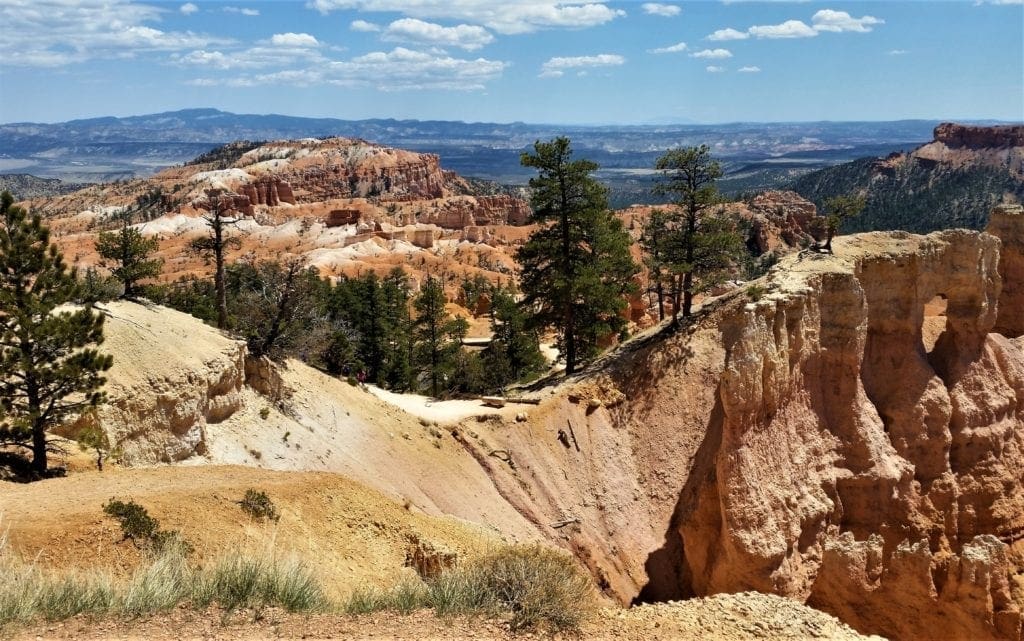
(According to the National Health Service (NHS), you should repeat these exercises three times per day.)
Seated Foot and Heel Raise
-
-
- Start sitting in a chair with the feet flat on the floor, then raise the heels. Hold for 2 seconds.
- Place the feet back flat on the floor.
- Raise the toes and hold for 2 seconds. Place the feet back on the floor.
- Repeat this process five times.
-
Toe Bend
-
-
- Start with the feet facing ahead. Bend the toes down for 2 seconds.
- Return the feet to the original position.
- Bend the toes up for 2 seconds, then relax the feet.
- Repeat this process five times.
-
Big Toe Lift
-
-
- Place the feet flat on the floor, facing straight ahead.
- Raise the big toe and hold for 2 seconds.
- Lower the big toe and relax the feet.
- Repeat this process five times.
-
Standing Calf Stretch (Runner’s Stretch)
-
-
- Face a wall and place one foot on the wall.
- Lean into the stretch for 2 seconds.
- Swap the leg if necessary.
- Repeat this process five times.
-
Towel stretch
Do this stretch while you sit on the floor:
-
-
- Keep your legs outstretched in front of you.
- Point the toes of your affected foot at the ceiling so that the leg is engaged.
- Take a towel or neck tie and wrap it around your foot, holding it with both hands.
- Lift the leg slightly until you feel a good stretch.
-

Prevention
We’ve talked earlier about the causes of cramps and how to treat them, but wouldn’t it be better to just never get cramps at all?
-
-
- Eat more foods high in B vitamins, potassium and magnesium.
- Stay hydrated.
- Stretch daily and before exercise.
- Wear comfortable shoes.
- Limit how much alcohol you drink.
- Ramp up your exercise slowly rather than all at once.
- Don’t smoke.
- Discuss any medication side effects with a doctor
-
When to See a Doctor
If leg or foot cramps are an occasional occurrence, you can probably manage them yourself.
You probably don’t need to see your doctor unless you suspect your medications are the problem, or you have a charley horse along with one of these conditions:
-
-
- Weakness
- Numbness
- Vomiting, diarrhea, or severe sweating (which can cause dehydration)
- Drinking too much alcohol
-
If you do go to the doctor, they’ll ask about your symptoms and medical history.
They’ll also do a physical exam and they might order blood tests and other scans to look for an underlying health condition that can cause cramps.
If there are signs that an underlying problem may be causing the cramps, the doctor might also suggest further tests.
Of course, you should always get the green light from your doc if you’re training back from an injury.

I hope this info will help you avoid or reduce your foot and leg cramps!
If you have any other questions drop me a line at idratherwalkblog@gmail.com and I’ll respond as quickly as I can.
Learn more about other ways to improve your well-being on my Fitness and Wellness page.
Thanks for stopping by – see you next time! LJ
To Get New Idratherwalk Posts
sent directly to your inbox (how convenient!) Click this Button
If you like this post, please share it!


LJ has spent much of her free time as a single Mom – and now as an empty-nester – hiking in the US and around the world. She shares lessons learned from adventures both local and in exotic locations, and tips on how to be active with asthma, plus travel, gear, and hike planning advice for parents hiking with kids and beginners of all ages. Read more on the About page.
